Home>diy>Building & Construction>What City Is Home To The World’s Tallest Building
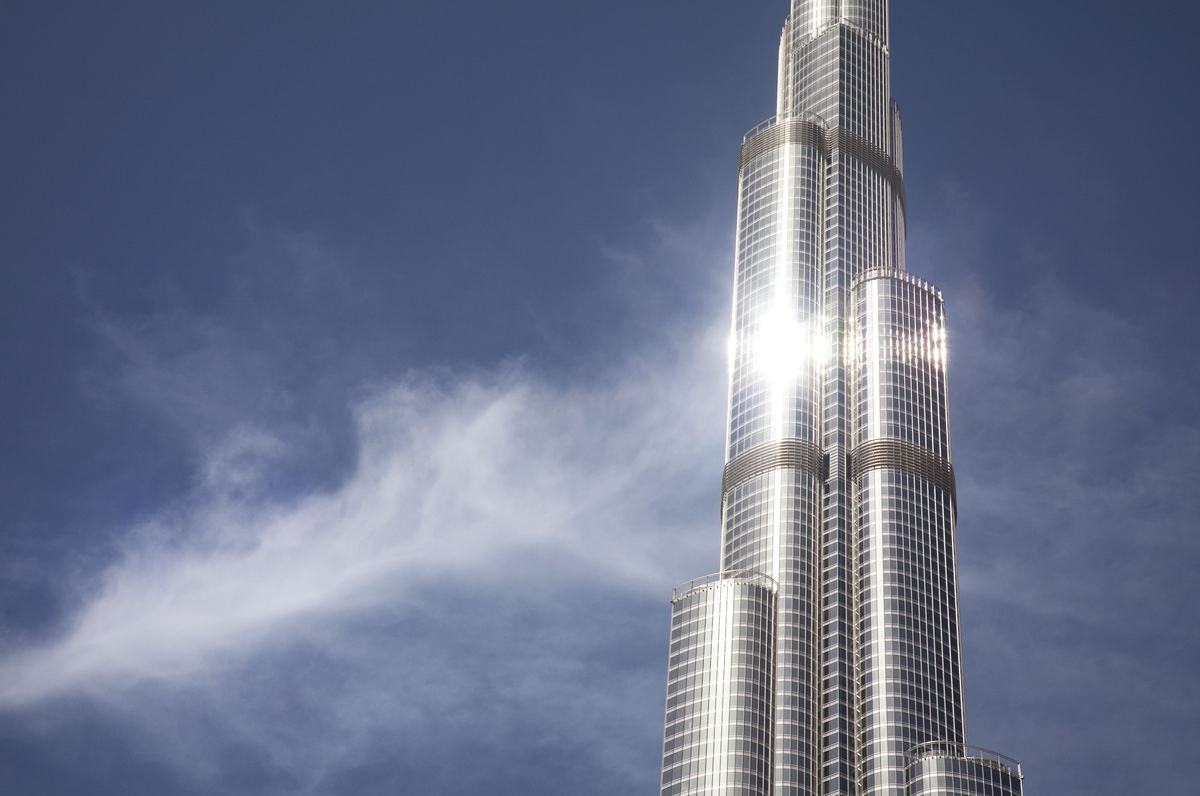

Building & Construction
What City Is Home To The World’s Tallest Building
Modified: December 7, 2023
Discover the city that houses the world's tallest building and marvel at the incredible feat of building-construction. Embark on a journey to witness architectural greatness firsthand.
(Many of the links in this article redirect to a specific reviewed product. Your purchase of these products through affiliate links helps to generate commission for Storables.com, at no extra cost. Learn more)
Introduction
Welcome to the world of impressive structures and awe-inspiring architectural wonders. In our exploration of the world’s tallest buildings, we take a journey to Dubai, a city that has become synonymous with skyscrapers and modernity. Among the many towering structures that line the city’s skyline, one building stands out as the epitome of human achievement and engineering marvel – the Burj Khalifa.
Dubai, located in the United Arab Emirates, has transformed itself from a humble fishing village to a global metropolis in a matter of decades. The city’s rapid urbanization and ambitious vision have propelled it to the forefront of architectural innovation and development. Today, it boasts an impressive collection of high-rise buildings, attracting millions of tourists and business professionals alike.
The Burj Khalifa, standing proudly at the heart of Dubai, serves as a symbol of the city’s grandeur and ambition. This architectural masterpiece not only holds the record for being the tallest building in the world but also showcases remarkable design and engineering prowess.
Join us as we delve into the captivating details of the Burj Khalifa and unravel the secrets behind its construction, design, and influence on the city of Dubai.
Stay tuned for an in-depth exploration of the Burj Khalifa and discover the mesmerizing architecture that has redefined the limits of human imagination and innovation.
Key Takeaways:
- The Burj Khalifa in Dubai stands as a symbol of human achievement, showcasing the city’s ambition and ability to turn dreams into reality through innovative architectural design and engineering.
- The impact of the Burj Khalifa extends beyond its physical presence, inspiring global fascination with tall buildings, shaping Dubai’s skyline, and driving economic growth while setting new standards for sustainability in high-rise construction.
Dubai – The City of Skyscrapers
When it comes to skyscrapers, few cities can come close to the impressive skyline of Dubai. Known as the “City of Skyscrapers,” Dubai has become a global icon for modern architecture and extravagant development.
What was once a small desert settlement has now transformed into a bustling metropolis that attracts visitors from all around the world. Dubai’s skyline is characterized by its towering skyscrapers, each more impressive than the last. From the Burj Al Arab, designed to resemble a sail, to the twisting Cayan Tower, Dubai’s architectural feats leave visitors in awe.
So, why has Dubai become a haven for skyscrapers? One reason is the city’s rapid economic growth and investment in real estate. As the economy boomed, more developers sought to make their mark on the city’s skyline, resulting in a fierce competition to build bigger, better, and more innovative structures.
Another factor that contributed to Dubai’s love affair with skyscrapers is its geographical advantage. Located on the Persian Gulf, the city has access to abundant resources such as oil and a strategic position for global trade. This, coupled with visionary leadership, has allowed Dubai to position itself as a global business hub and attract international investors.
Dubai’s commitment to pushing the boundaries of architecture is evident in its numerous ambitious projects. The Dubai Marina, with its cluster of towering residential buildings, offers breathtaking views of the city’s skyline and the Arabian Gulf. The Palm Jumeirah, an artificial island shaped like a palm tree, houses luxurious resorts and residences that defy gravity.
However, among all the architectural wonders that grace Dubai’s skyline, one building takes center stage – the Burj Khalifa.
Join us in our next section as we explore the Burj Khalifa, a true testament to Dubai’s commitment to pushing the limits of architectural excellence.
The Burj Khalifa – A Spectacular Marvel
Rising above the city of Dubai like a gleaming needle, the Burj Khalifa is a testament to human ingenuity and a symbol of architectural prowess. Standing at a staggering height of 828 meters (2,717 feet), it dominates the skyline and captures the imagination of all who lay eyes on it.
Designed by the renowned architectural firm Skidmore, Owings & Merrill, the Burj Khalifa was initially conceptualized as a centerpiece for the development of Downtown Dubai. Its construction began in 2004 and was completed in 2010, resulting in a building that surpasses any other in terms of height, design, and grandeur.
One of the defining features of the Burj Khalifa is its sleek and modern design, inspired by the form of a desert flower. The tower is made up of three distinct sections that taper as they ascend, giving it a graceful and aerodynamic appearance. The exterior is covered in reflective glass panels, which not only enhance its aesthetic appeal but also provide energy-efficient cooling.
As visitors approach the Burj Khalifa, they are greeted by the awe-inspiring sight of the world’s largest choreographed fountain, the Dubai Fountain. This mesmerizing fountain dances to the rhythm of music, adding an extra layer of spectacle to the Burj Khalifa experience.
Inside the Burj Khalifa, visitors are treated to a world of luxury and opulence. The tower houses a mix of residential apartments, corporate offices, and the world-renowned Armani Hotel. From the lavish interiors to the breathtaking views offered by the observation decks, every inch of the Burj Khalifa exudes elegance and sophistication.
One of the most captivating aspects of the Burj Khalifa is its observatory, known as At The Top. Situated on the 148th floor, it offers panoramic views of Dubai’s skyline, the Arabian Gulf, and beyond. Visitors can step onto the outdoor terrace and marvel at the vast expanse of the city below or venture inside and explore the multimedia exhibition that tells the story behind the construction of this extraordinary skyscraper.
Beyond its architectural magnificence, the Burj Khalifa has become an iconic symbol of Dubai’s vision and ambition. It has set new records and redefined what is possible in the realm of engineering, design, and human achievement.
Join us in the next section as we delve into the intricate details of the architecture and design of the Burj Khalifa.
The Architecture and Design of Burj Khalifa
The architecture and design of the Burj Khalifa are nothing short of extraordinary. A team of talented architects, engineers, and designers collaborated to create a structure that would leave a lasting impact on the world of architecture.
The design concept of the Burj Khalifa was inspired by a combination of Islamic art and the natural elements found in the Arab region. The shape of the tower resembles the Hymenocallis, a desert flower native to the region, with its distinctive six-petal flower pattern. This unique design feature not only adds to the aesthetic appeal of the building but also serves a functional purpose, as the petals help to reduce wind forces acting on the tower.
The Burj Khalifa is a perfect example of structural engineering at its finest. The building consists of a central core of reinforced concrete, reinforced by a perimeter of steel columns. The core provides stability, while the steel columns distribute the load evenly throughout the structure. This innovative structural system allows the Burj Khalifa to withstand the strong winds and seismic forces common in the region.
The exterior of the Burj Khalifa is adorned with an impressive facade of reflective glass panels. These panels not only offer stunning views of the surrounding landscape but also provide shade and reduce solar heat gain. The curtain wall system employed in the construction of the Burj Khalifa is a highly efficient and sustainable design solution, contributing to the building’s LEED (Leadership in Energy and Environmental Design) certification.
Another notable feature of the Burj Khalifa is its impressive height. The building’s height was a result of careful planning and a meticulous approach to its construction. The vertical transportation system, comprising high-speed elevators and a double-decker elevator system, ensures efficient movement within the tower. Additionally, the pinnacle of the Burj Khalifa serves as a communication tower, further adding to its height.
Inside the Burj Khalifa, the design continues to impress. The interiors combine luxury and elegance, with materials such as marble, gold accents, and intricate detailing. High-end finishes and attention to detail create a sense of refinement throughout the building, elevating it to the status of a global icon of luxury.
The Burj Khalifa has not only redefined architectural possibilities but also raised the bar for sustainability in high-rise construction. The tower incorporates numerous environmentally friendly features, such as water-efficient fixtures, energy-efficient lighting, and a highly efficient cooling system.
In the next section, we will explore the height and records associated with the Burj Khalifa, solidifying its status as an architectural marvel.
The city that is home to the world’s tallest building is Dubai, which is located in the United Arab Emirates. The building is called the Burj Khalifa and it stands at a height of 828 meters (2,722 feet).
The Height and Records of Burj Khalifa
When it comes to height, the Burj Khalifa reigns supreme as the tallest building in the world. Standing at a staggering height of 828 meters (2,717 feet) with 163 floors, it is a true testament to human engineering and architectural ingenuity.
The Burj Khalifa surpassed all previous height records when it was officially inaugurated in 2010. It eclipsed the previous record held by the Taipei 101 in Taiwan, which stood at 508 meters (1,667 feet). The Burj Khalifa’s imposing stature instantly captivated the world’s attention and cemented its place in architectural history.
But the height of the Burj Khalifa is not just a record-breaking feat; it represents the ambitious spirit of Dubai and its desire to push boundaries. The construction of such a towering structure required groundbreaking engineering techniques and innovative solutions.
To ensure the stability of the Burj Khalifa, a strong foundation was critical. The tower’s foundation consists of a 3.7-meter-thick reinforced concrete mat, known as a raft foundation. This massive foundation, weighing more than 45,000 tons, distributes the weight of the tower evenly to the ground, minimizing the risk of settlement.
One of the other remarkable feats associated with the Burj Khalifa is its vertical transportation system. The tower houses some of the fastest elevators in the world, traveling at speeds of up to 10 meters per second (32 feet per second). These elevators whisk visitors to various floors within a matter of seconds, allowing for efficient movement throughout the building.
The Burj Khalifa also holds several other records. It boasts the highest occupied floor in the world, with the observation deck, known as At The Top, located on the 148th floor. Visitors can enjoy breathtaking views of Dubai and beyond from this vantage point, almost touching the sky.
In addition, the Burj Khalifa holds records for the highest outdoor observation deck, highest restaurant, and highest swimming pool in a building. These impressive features make it a destination for thrill-seekers, architecture enthusiasts, and those seeking unparalleled luxury.
The Burj Khalifa has become a symbol not only of architectural excellence but also of Dubai’s ambition and vision. It has set a new standard in vertical urbanism, showcasing the city’s commitment to innovation and embracing the future.
In the next section, we will explore the impact and influence of the Burj Khalifa on the city of Dubai and the world of architecture.
Read more: What Is The World’s Largest Swimming Pool
The Impact and Influence of Burj Khalifa
The Burj Khalifa has had a profound impact on the city of Dubai and has left an indelible mark on the world of architecture. Its significance extends far beyond its impressive height and record-breaking feats, shaping the landscape of Dubai and inspiring future architectural endeavors.
One of the most significant impacts of the Burj Khalifa is its contribution to Dubai’s global reputation and tourism industry. The tower has become an iconic landmark and a must-visit destination for travelers from all corners of the world. Its presence on postcards, magazines, and social media platforms has catapulted Dubai into the global spotlight, attracting millions of visitors and boosting the city’s economy.
The Burj Khalifa has also stimulated the growth of Downtown Dubai, the district in which it is located. The construction of the tower kickstarted the development of the area, attracting investment, businesses, and residents. Downtown Dubai has become an epicenter of luxury, featuring high-end hotels, renowned restaurants, world-class shopping, and cultural attractions. This transformation has not only elevated the status of Dubai but has also created a thriving community and a vibrant destination.
The Burj Khalifa has set a benchmark for architectural excellence and has inspired architects and designers around the world. Its innovative design, advanced engineering techniques, and sustainability features have become a source of inspiration. The tower’s success has sparked a global fascination with building tall, leading to a race among cities to claim their own record-breaking skyscrapers.
Furthermore, the Burj Khalifa has become a symbol of Dubai’s ambition, resilience, and vision. It represents the city’s determination to push boundaries, embrace innovation, and create landmarks that capture the world’s attention. The tower stands as a testament to the city’s transformation from a modest trading hub to a global metropolis, captivating the imagination of people worldwide.
Aside from its visual and economic impact, the Burj Khalifa is also a symbol of sustainability and environmental consciousness. The tower incorporates numerous energy-efficient features, including water-saving fixtures, efficient cooling systems, and a smart building management system. Its commitment to sustainability has set a precedent for future high-rise constructions, promoting a more sustainable and eco-friendly approach to urban development.
Through its impact and influence, the Burj Khalifa has become more than just a building; it has become a representation of Dubai’s identity and a symbol of human achievement. It continues to inspire and captivate, leaving a lasting legacy on the city’s skyline and the field of architecture as a whole.
As we conclude our exploration of the Burj Khalifa, we invite you to witness the tower’s majesty firsthand and experience the sheer awe it evokes. Dubai’s iconic landmark stands tall, serving as a constant reminder of human potential and the power of architectural innovation.
Thank you for joining us on this journey through the captivating world of the Burj Khalifa and the breathtaking city of Dubai.
Conclusion
The Burj Khalifa stands tall as a testament to human ingenuity, pushing the boundaries of architectural design and engineering. This iconic structure has transformed the skyline of Dubai and captured the world’s imagination. From its awe-inspiring height to its elegant design, the Burj Khalifa is a modern marvel that continues to influence the field of architecture.
Dubai, the City of Skyscrapers, has embraced a futuristic vision that has propelled it to the forefront of architectural innovation. The Burj Khalifa serves as the jewel in Dubai’s crown, symbolizing the city’s ambition and ability to turn dreams into reality.
The impact of the Burj Khalifa extends far beyond its physical presence. It has become a global icon that attracts millions of tourists, drives economic growth, and inspires creativity in the world of architecture. Its towering height, record-breaking feats, and sustainable design have paved the way for future high-rise constructions around the globe.
The Burj Khalifa has also transformed Downtown Dubai into a vibrant district, captivating residents and visitors alike with its luxury amenities and cultural attractions. It has become more than just a building; it is a symbol of Dubai’s resilience, ambition, and ability to reinvent itself.
As we reflect on the marvels of the Burj Khalifa and its impact on the city of Dubai, we are reminded of the human potential to dream big and make those dreams a reality. It serves as a shining example that with dedication, vision, and innovation, we can create structures that inspire awe and shape the world we live in.
So, whether you find yourself marveling at the height of the Burj Khalifa from its observation deck, enjoying the vibrant surroundings of Downtown Dubai, or simply admiring photographs of its awe-inspiring silhouette, the Burj Khalifa will continue to captivate and amaze, forever leaving its mark on the architectural landscape.
As we conclude this journey, we invite you to explore Dubai for yourself and witness the splendor of the Burj Khalifa. Immerse yourself in the architectural wonders, the modernity, and the grandeur of a city that continues to redefine the skyline and push the boundaries of what is possible in the world of construction.
Thank you for joining us on this exploration of the world’s tallest building. May the Burj Khalifa continue to inspire and remind us of the heights we can reach.
Frequently Asked Questions about What City Is Home To The World's Tallest Building
Was this page helpful?
At Storables.com, we guarantee accurate and reliable information. Our content, validated by Expert Board Contributors, is crafted following stringent Editorial Policies. We're committed to providing you with well-researched, expert-backed insights for all your informational needs.

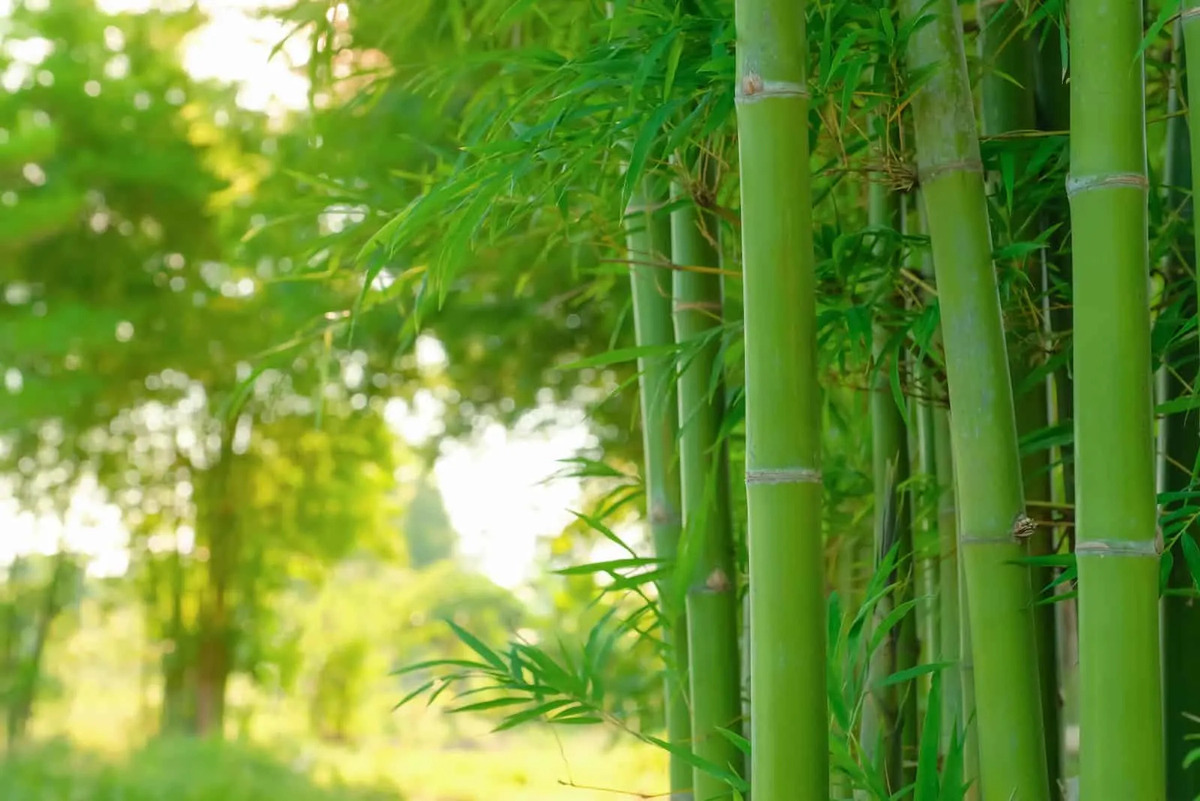
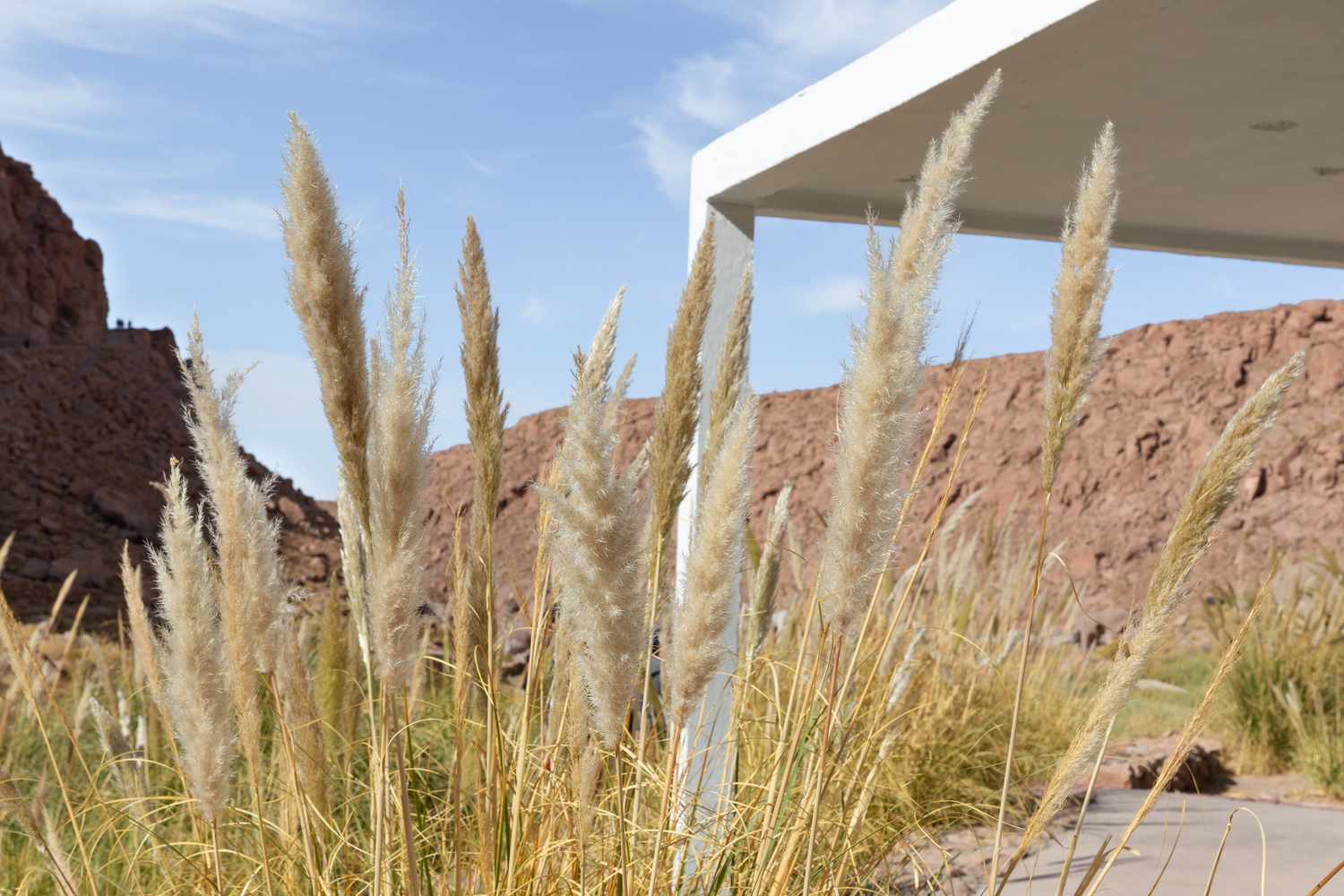

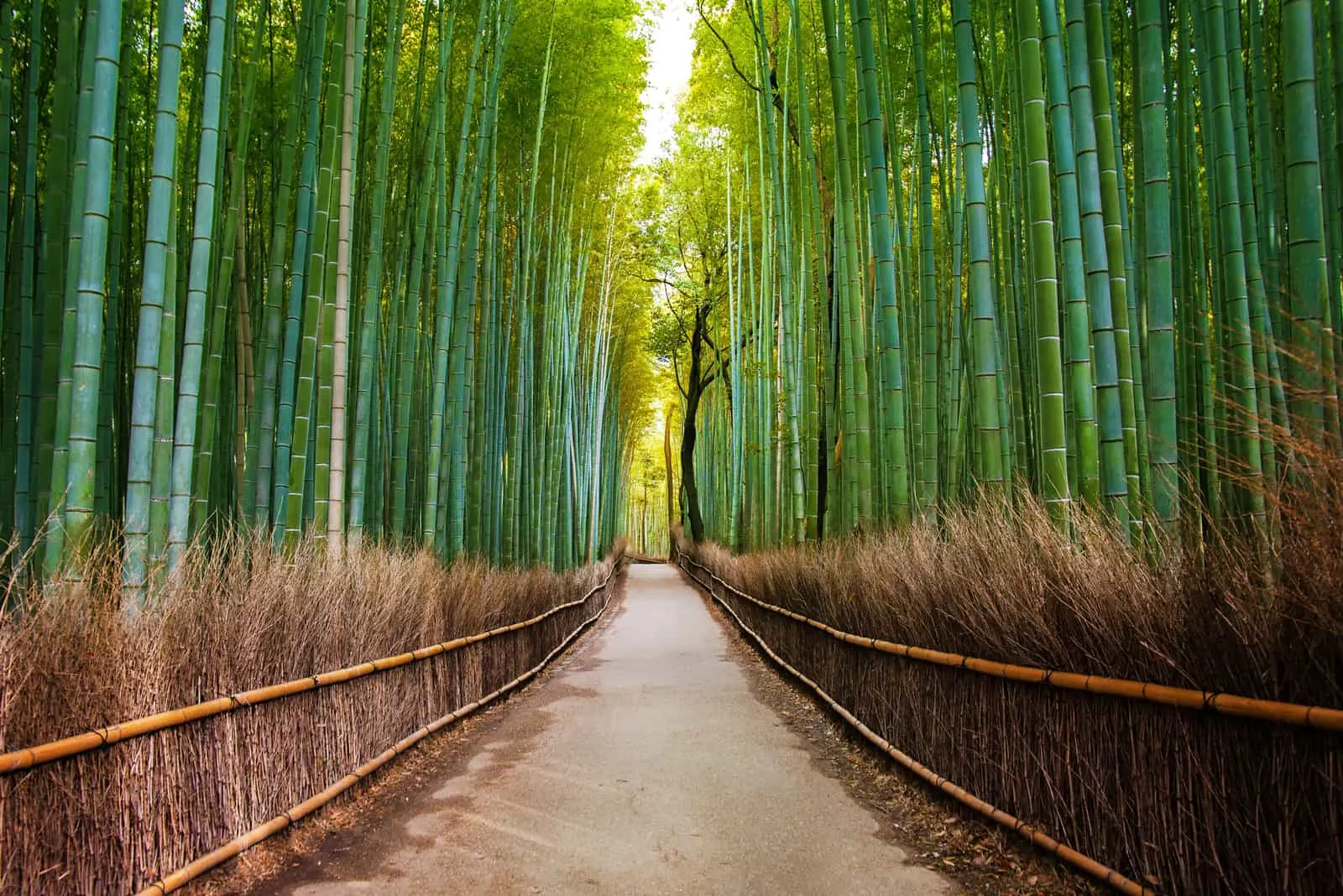
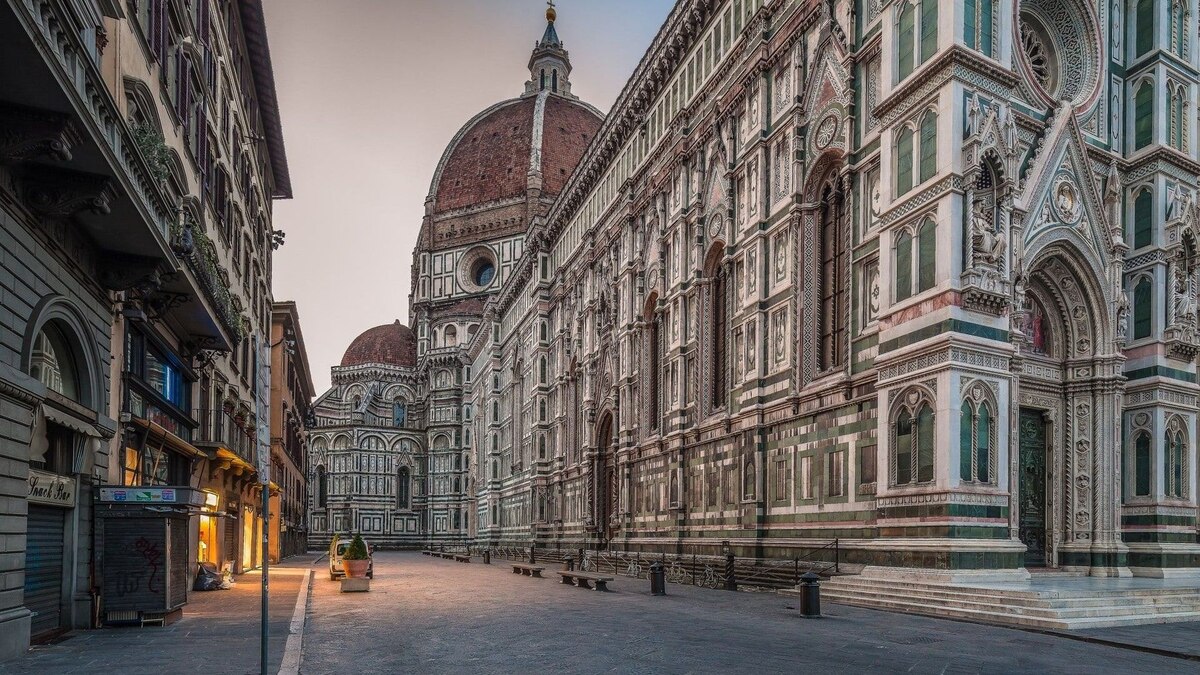
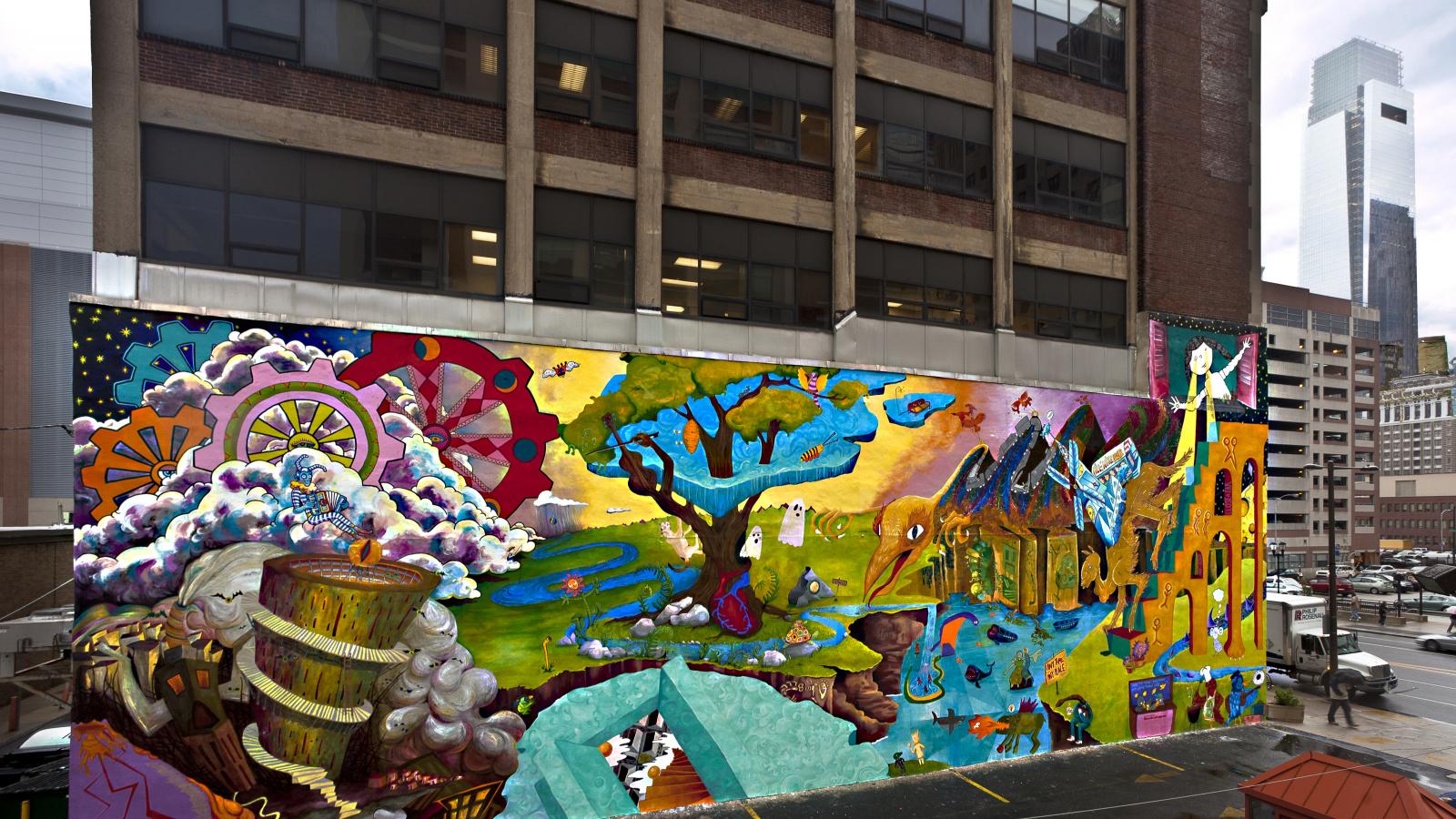


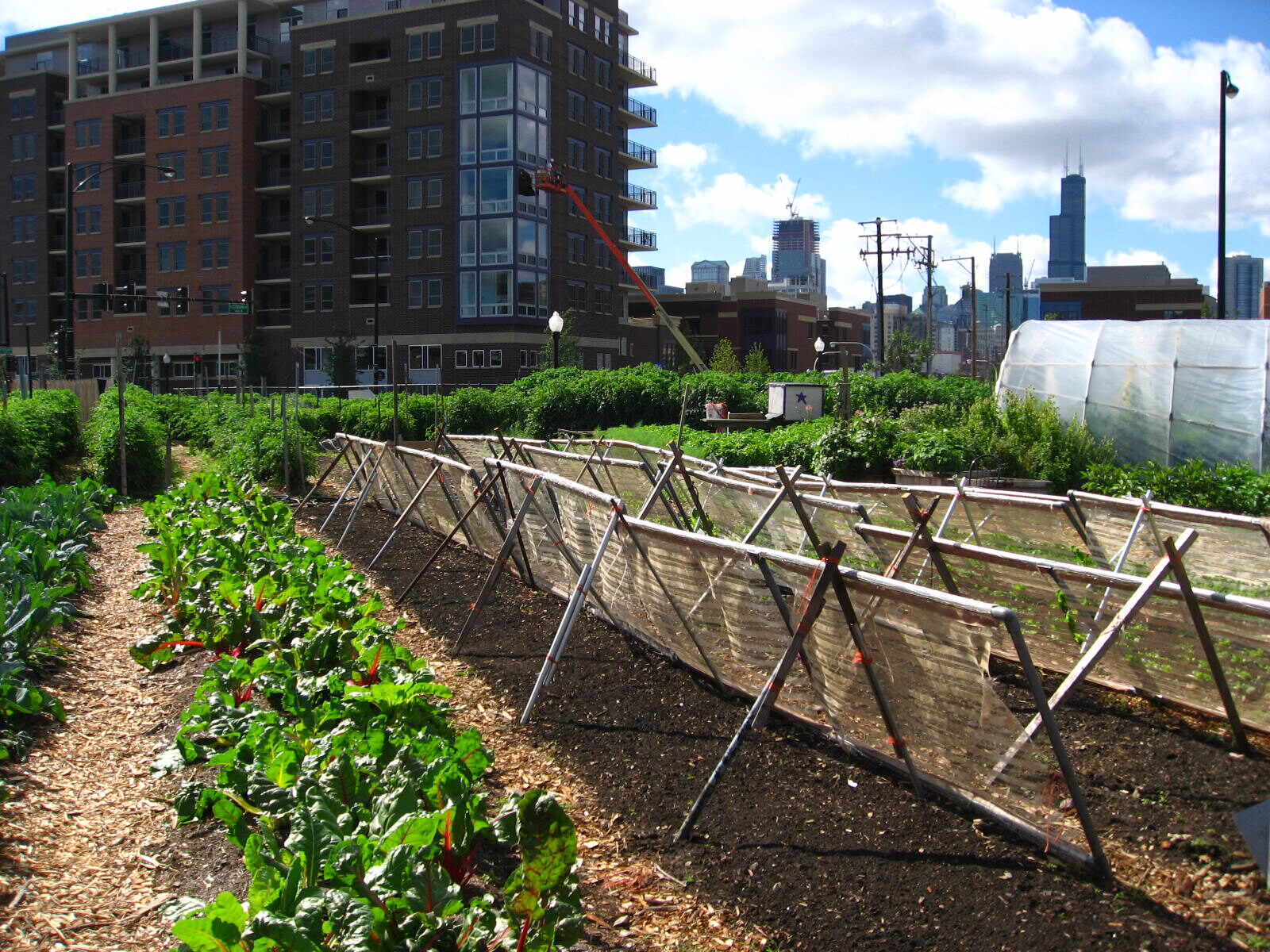
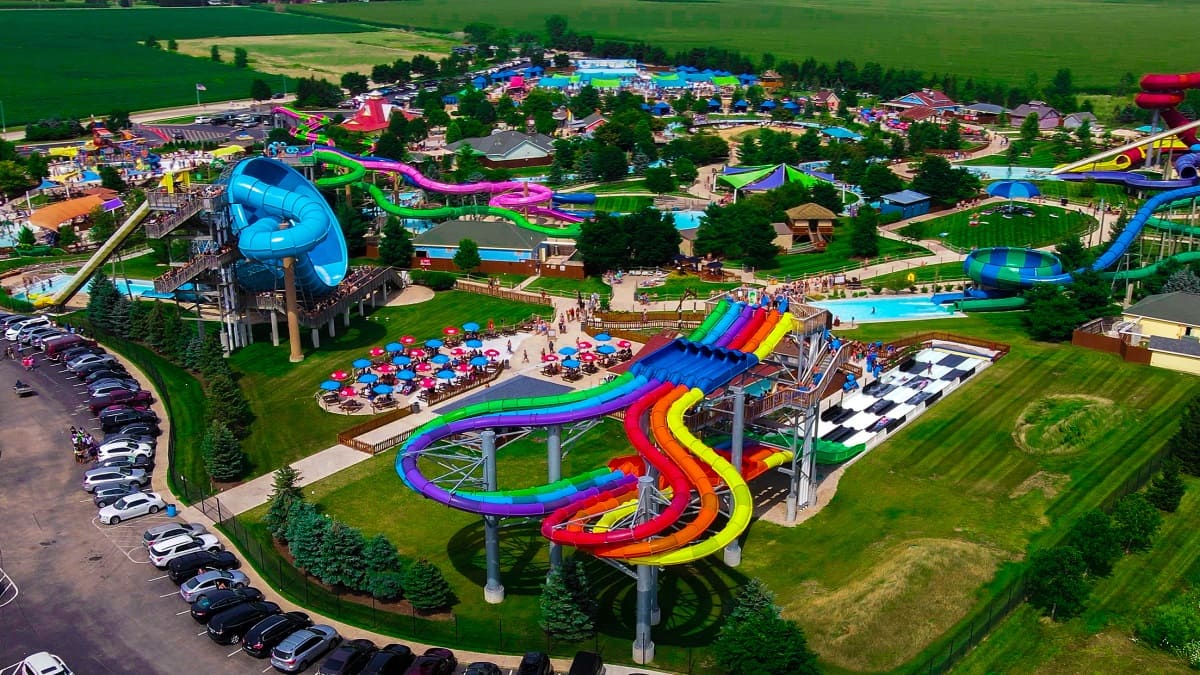

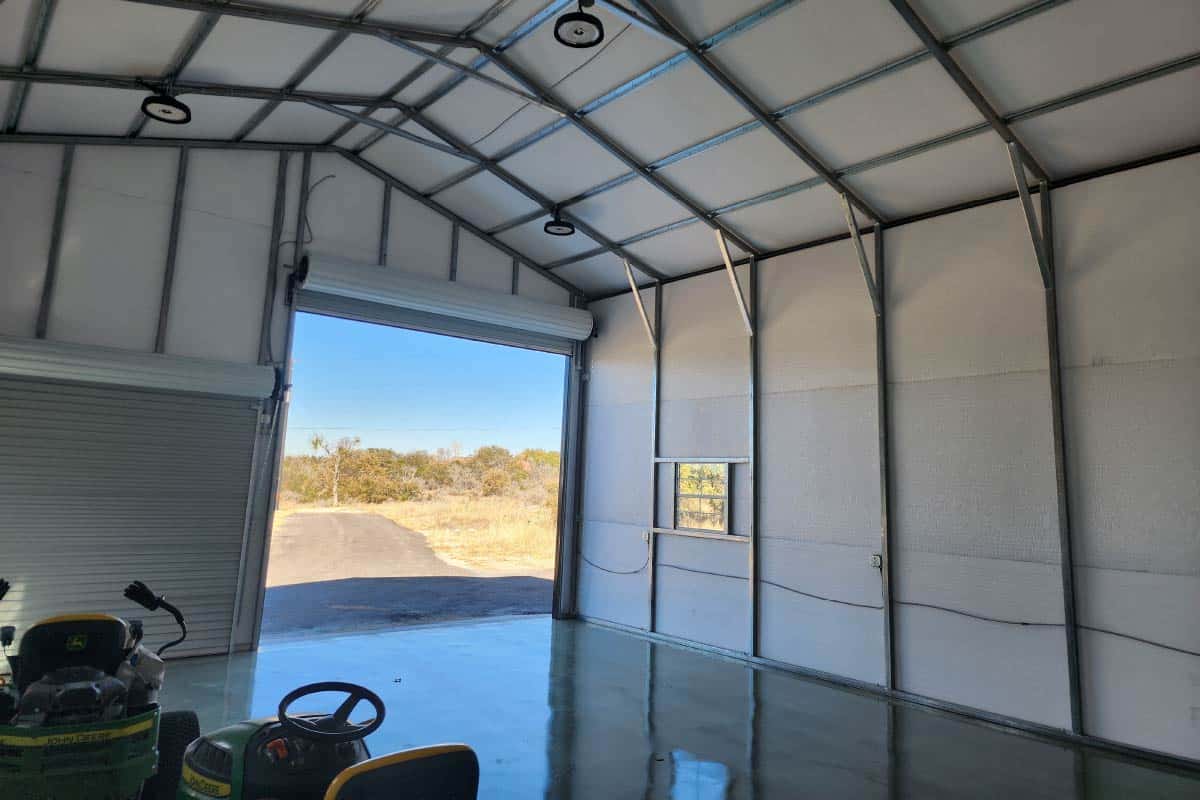
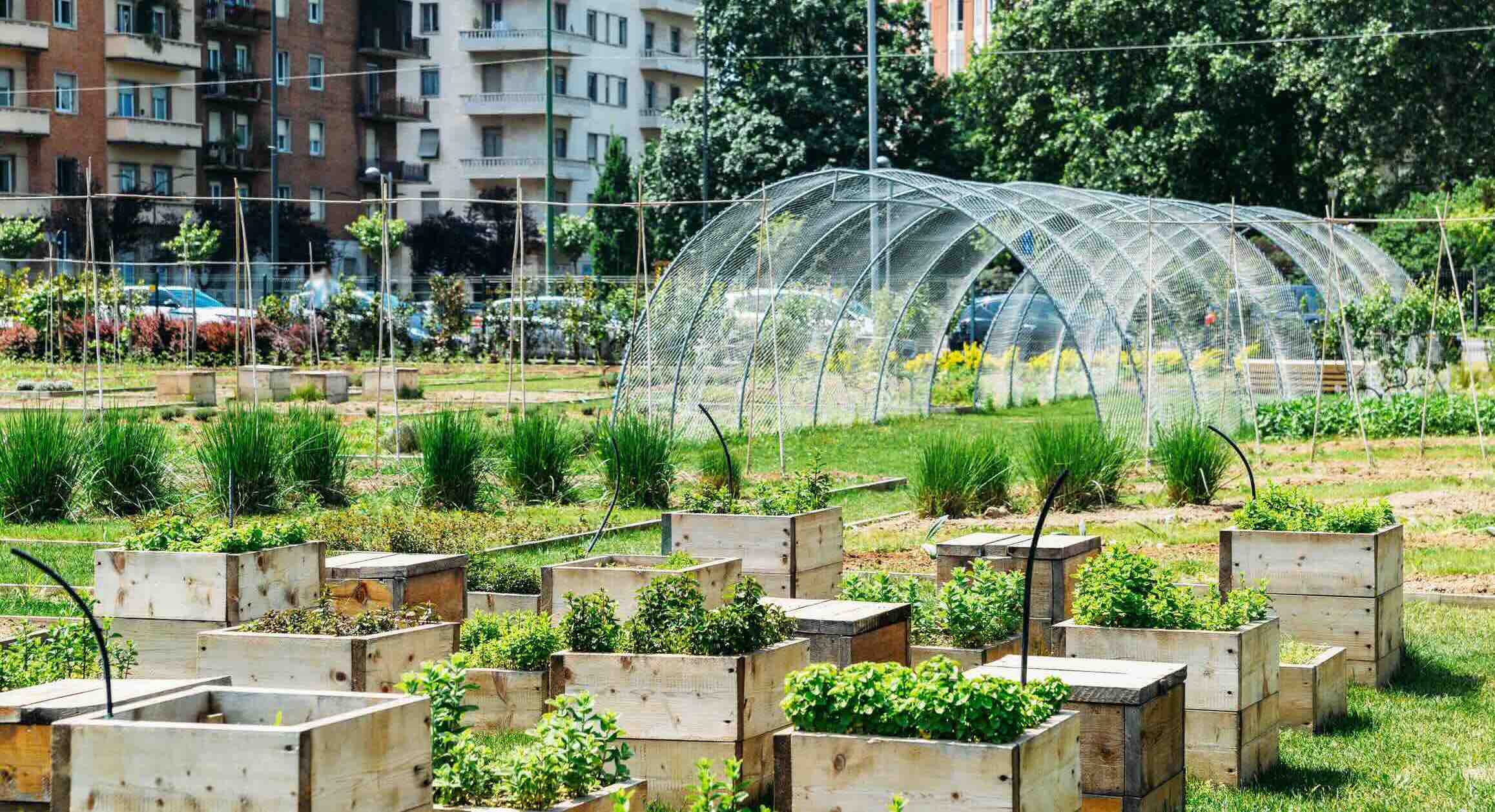

0 thoughts on “What City Is Home To The World’s Tallest Building”